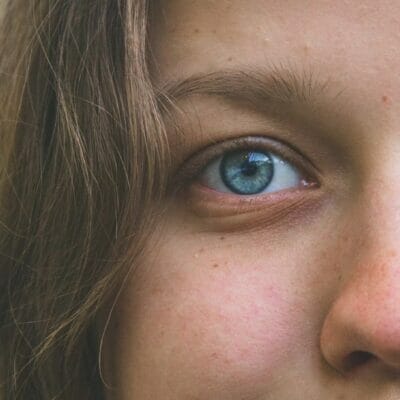Advanced Cornea Surgery
The cornea is the clear, front portion of the eye which allows rays of light to pass through and be focused on the retina. Various problems can occur with the cornea to make it cloudy, thereby affecting vision. Injuries, inherited conditions, infections, and aging can cause clouding or distortion which leads to poor vision. At times, this can be corrected with glasses, contact lenses, or medications, but sometimes surgery is necessary. Most procedures are performed in an outpatient setting and have improved greatly over the years.
With the advancement of new techniques, our methods at Piedmont Eye Center are more precise and effective than ever before. Dr. Gene Moss uses a more advanced method of corneal surgery (DSAEK, DMEK & DALK), replacing the older method of cornea transplantation, known to have higher risks.
Dr. Gene Moss, the area’s only cornea specialist, provides the most advanced type of corneal surgery available to provide our patients the highest level of care. If you’ve been told you have a corneal problem, don’t you owe yourself the very best in care from a cornea specialist? Call today for your appointment.

FAQ
What kind of training does a corneal specialist go through?
Typically, a cornea specialist is an ophthalmologist who underwent the typical training of a four-year medical school program, followed by at least one year of medical or general surgical internship, a three-year general ophthalmology residency, and finally a year of subspecialty fellowship training in cornea. Dr. Gene Moss is Piedmont Eye Center’s cornea specialist, who provides the most advanced treatments in corneal disease available. In addition, Dr. Moss provides advanced cataract surgery and sees patients at our Bedford location as well as our Lynchburg office.
What is the cornea?
<p>The cornea is the clear part of the front of the eye overlying the pupil. It is that part of the eye that a contact lens would rest upon.</p>
What kind of conditions can affect the health of the cornea?
A healthy cornea is clear and allows for good vision. There are many hereditary and acquired corneal diseases and conditions that can affect the clarity of the cornea. Trauma that causes corneal scarring is an example of an acquired condition that can affect vision. An example of a common hereditary corneal disease is a condition known as Fuch’s (pronounced ‘Fooks’) corneal dystrophy, named after the German ophthalmologist that described it. This condition affects the innermost lining of the cornea of both eyes and typically progresses very slowly over years affecting vision in later stages.
What is a corneal transplant?
Corneal transplant surgery is a procedure performed to replace the diseased cornea with a healthy ‘donor’ cornea. Tissue is acquired through a donor eye bank and prepared for use when needed by the surgeon. Without organ donation, this surgery would not be possible. The typical method used in conventional transplantation requires the surgeon to remove the entire central diseased cornea followed by suturing the donor cornea into place. A more advanced method, known as DSAEK, is newer technique that may offer a better option for certain patients. It involves replacing the innermost lining of the diseased cornea with healthy donor tissue.
What is DSAEK?
Descemet’s Stripping Automated Endothelial Keratoplasty (DSAEK) is a new technique of corneal transplantation that, compared to conventional methods, provides for more rapid visual improvement and healing while reducing the risk for serious complications. The conventional method of corneal transplantation, requires a full thickness replacement of the central cornea- that front part of the eye that overlies the pupil and which a contact lens would rest upon. This procedure is more complex and requires sutures to secure the new tissue into place. With DSAEK, only the most inner lining of the patient’s cornea is replaced and can be done through a small incision that requires minimal suturing.
What is DMEK?
Descemet’s membrane endothelial keratoplasty (DMEK) is the latest and most exciting option available to treat damaged corneas. This newer form of corneal transplant procedure uses extremely thin donor tissue (just 5% of corneal thickness) and provide more patients with 20/20 or 20/25 than DSEK. In fact, DMEK provides 20/25 or better vision for about 3 out of 4 patients. Additionally, the risk of rejection is reduced with DMEK to less than 1 percent.
Possible candidates for DMEK: Fuch’s endothelial dystrophy, posterior polymorphous membrane dystrophy, bulls keratopathy, congenital hereditary endothelia dystrophy and more.
What is DALK?
Deep anterior lamellar keratoplasty (DALK) is a surgical procedure for removing the corneal stroma down to Descemet’s membrane. It is most useful for the treatment of corneal disease in the setting of a normally functioning endothelium. This can be an effective treatment for any pathology of the anterior cornea as long as the patient has an intact, functioning endothelium. Keratoconus and corneal scars patients are more commonly in need of DALK. Keratoconus patients are typically good candidates for this procedure because they are typically younger and have healthy endothelium.